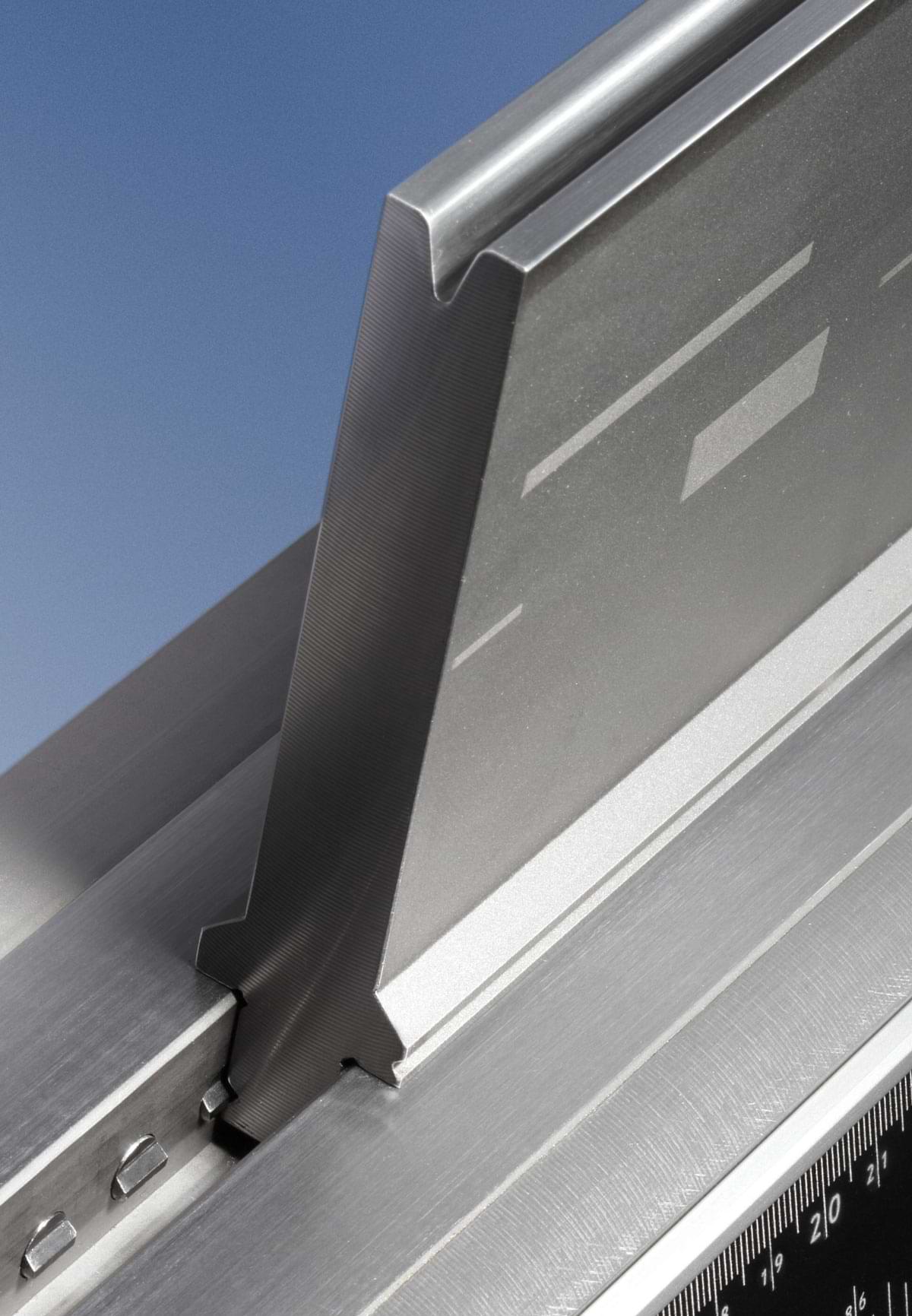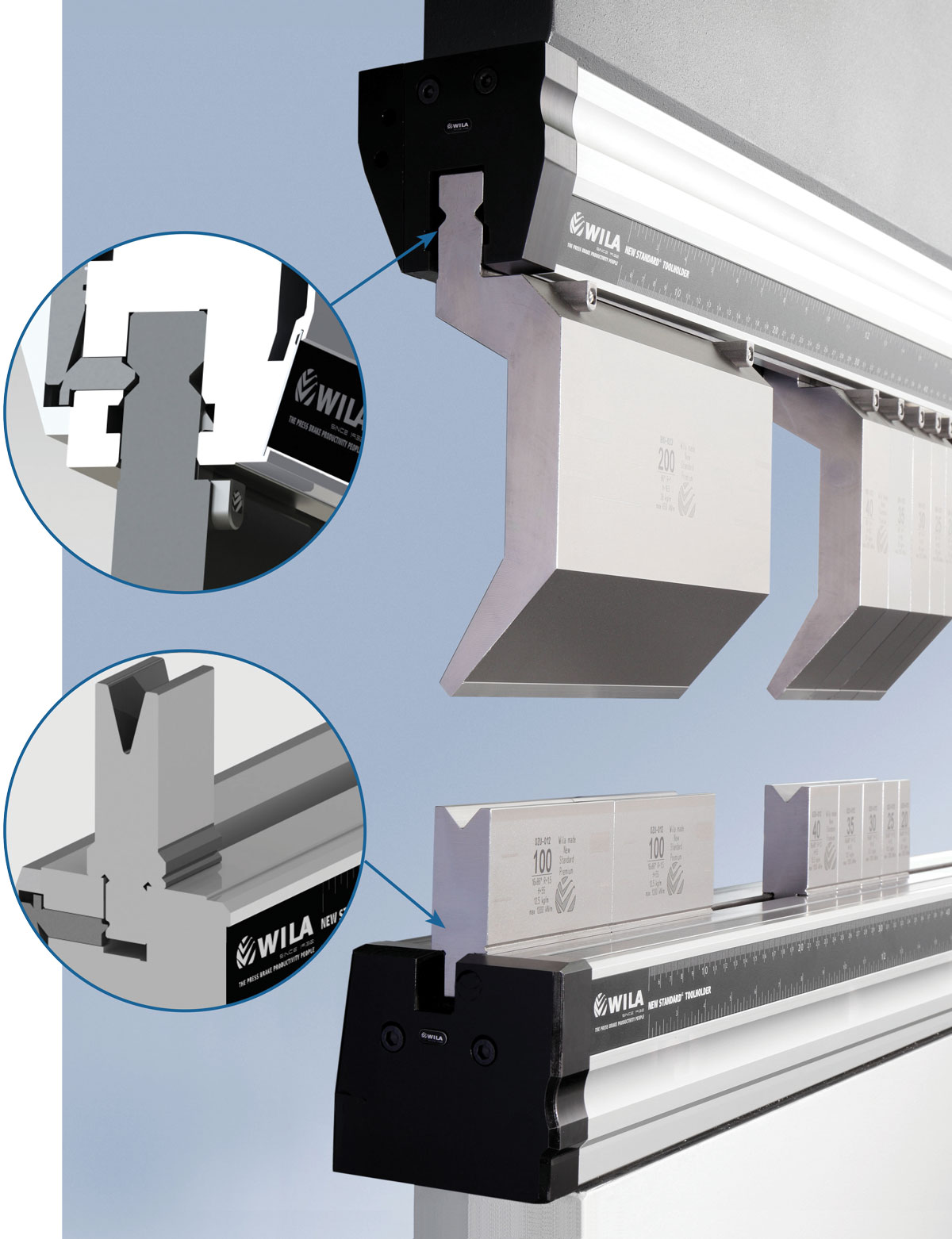killed labor shortages, material quality issues and equipment availability are just some of the problems Dave Bishop sees fabricators wrestling with these days. Wila USA’s business development manager covers the 11 contiguous Western States.
Wila’s customers pose this one question more than any other: How do I find qualified press brake operators? According to the U.S. Labor Department’s labor turnover report, the number of people quitting their jobs hit a record high of 4.5 million in November 2021. Economists have dubbed the mass exodus The Great Resignation. Bishop points to a couple contributing factors.
“A number of colleges and universities have dropped mechanical trades programs,” he says. “The image of a greasy, dirty work environment seems to be gaining the upper hand again. It appears that doing anything with your hands is out of style. The manufacturing sector is going to have to take control of the narrative, build back the image of the sheet metal trade and create training programs instead of relying on academia. To some degree, advanced software and automation are helping to bridge the gap. But skilled operators are still needed to run legacy equipment. Companies are going to have to grow their own labor pool.”
Over the last decade, material variations have become increasingly problematic for sheet metal work. “International pricing pressures from cheaper imports have impacted the North American market,” says Bishop. “The quality and tolerances of aluminum, stainless and steel have suffered, forcing U.S. customers in many cases to adjust to subpar materials in order to be competitive.”

“It used to be that the standard tonnage chart in a press brake catalogue was an accurate tool for determining how much tonnage it would require to bend a part, once you factored in variables like material and tooling,” he continues. “But material composition, hardness and quality have changed, making those charts invalid. Today, fabricators must allow for safety clearances by as much as 50 percent when calculating tonnage. I typically recommend a safety clearance of at least 30 percent. Material variations can also add more time and lower yield to forming and bending parts.”
Machine tool availability has added a new wrinkle. Several machinery builders that sold equipment during the fourth quarter of 2021 don’t expect to deliver until the second or third quarters of 2022. That backlog will build up, too. Those looking to install equipment by year’s end are wise to place their orders immediately.
“The supply chain and transportation disruptions have also impacted the ability to source steel for tooling,” says Bishop.“We’re recommending that customers who are buying machine tools and press brakes determine their tooling requirements as soon as possible.”
 Our goal is to help customers bend the broadest range of materials with the fewest tools.
Our goal is to help customers bend the broadest range of materials with the fewest tools. 
Wila USA has been developing and producing high-end press brake clamping systems and tools for press brake manufacturers for more than 85 years. An in-house research and development department and collaboration with machinery builders allows Wila to produce tooling that improves the quality and throughput of the bending process.
“Customers are looking for flexibility like never before,” says Bishop. “We recommend investing in the most versatile machine with tooling that can embrace a wide range of applications. Job shops used to buy one set of tooling for one material thickness. We recommend specifying more tonnage than a company needs and considering more open height. The taller a tool is, the more versatile it is. Our goal is to help customers bend the broadest range of materials with the fewest tools.”
Wila introduced its Smart Tool Locator (STL) in 2018. The intelligent slide rule has built-in LEDs that show exactly where tools must be placed in the tool holder. The ability of the STL to show an operator which bending process will take place streamlines activity and makes bending faster and more precise. The STL is suited for all hydraulic new standard tool holders for punches and dies.
“We worked with press brake builders to integrate the STL interface with their machine controls,” says Bishop. “It has since been standardized across the industry. The technology has really taken off. We’re seeing more new press brake orders where customers are requesting the STL to minimize errors and scrap, while helping operators produce better parts.”

Considered the next step in press brake productivity, Wila launched its AirPower Series in 2021. “We reconfigured our pneumatic clamping and crowning system to accommodate the growing demand for cellular manufacturing,” says Bishop. “We call it our AirPower Series because it plugs into shop air. This means customers can move a press brake from cell to cell, reconfigure a cell or move the press brake to another location in the shop. Conventional hydraulic tooling requires running an electrical line to the machine, which can be limiting.”
AirPower Series tools are clamped and unclamped extremely fast and tight, using only regular workshop air pressure of 87-116 psi, without the need for costly pressure boosters. Wila has also seen a significant uptick in requests for hemming tooling capable of handling a diverse range of materials.
“Customers are also asking for high-volume durability,” Bishop says. “One customer wanted to know about spring capacity in terms of number of hits. They said they wanted to use a hemming die for more than 1 million hits before the springs began to wear. It’s an area that’s really exploding right now. The food processing equipment industry is a primary driver.”
“We’re being pushed to offer a broader range of hemming tools,” he continues. “In addition to high part counts, customers want tooling that can hem ultra-fine materials. Some of these alloys are not much thicker than the foil used to wrap gum.”
Looking ahead, Bishop sees the application of robots in press brake operations, a trend that will continue to grow. “Right now it’s a somewhat challenging proposition because operators are dealing with three- and four-sided parts,” he notes. “But software is becoming more intuitive all the time. There’s definitely a hunger in the market for pairings between robots and press brakes.”
443/459-5496, wilausa.com.